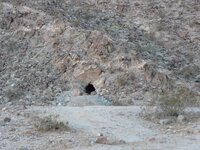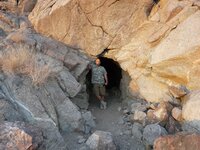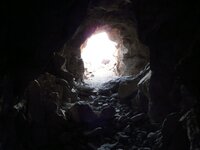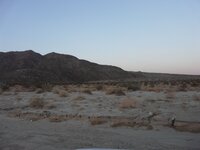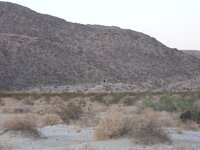Desertphile
Full Member
- Feb 17, 2013
- 146
- 42
- Primary Interest:
- Prospecting
There is a spring in East Mojave Desert that Pegleg Smith named after his spouse or lady friend, and where he carved his name in a rock near-by. The location of the site can be researched by people who wish to spend the time and effort, which I did. After searching the area and the geology around the spring, it is clear that no gold was or is in the area that could be called a "mine:" at best there are some prospect holes, and some gold flakes, but nothing even remotely like a mine. I was disappointed, but not too much, that there is no gold at or near the spring.
Naturally I have read what I could about Smith and the stories about his gold mine. On a probability scale of from 0 to 1,000 regarding if he even had a gold mine like the stories describe, I would rate it a 32. I.e., the mine never existed.
Naturally I have read what I could about Smith and the stories about his gold mine. On a probability scale of from 0 to 1,000 regarding if he even had a gold mine like the stories describe, I would rate it a 32. I.e., the mine never existed.



 oops almost forgot, beer for our amigo Gollum
oops almost forgot, beer for our amigo Gollum  can't forget the beer!
can't forget the beer!

